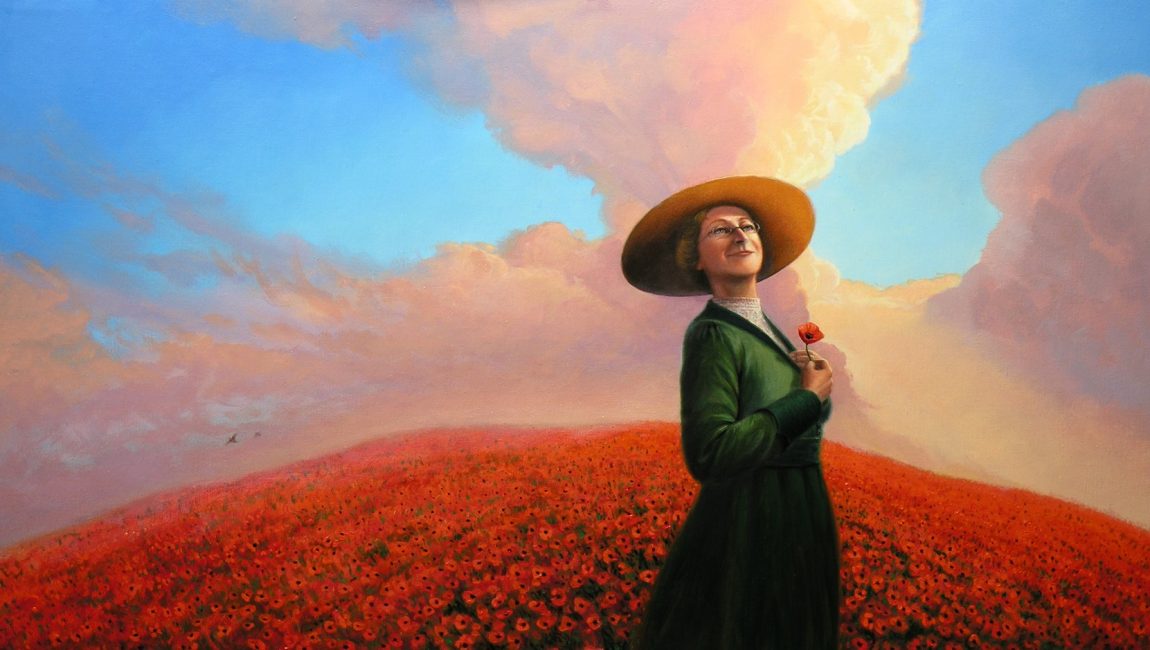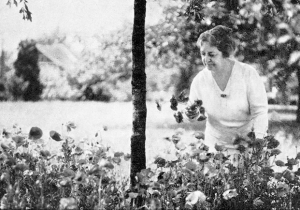
Crops and flowers provide more than just food and beautiful statements in front of homes; they also provide symbols of the time of year or even symbols of celebration. For example, tulips and daffodils can signify springtime, or a reminder of someone’s dutch culture. Poinsettias and pine trees symbolize the holiday season, and, you know the saying, “knee-high [corn] by the 4th of July.”
When it comes to Memorial Day, red field poppies are showcased throughout the country as a symbol of those who served and protected the country. The seeds of the poppy scatter in the wind and sit dormant in the ground, only germinating when the ground is disturbed – and it was in fact distrubed on the battlefields during World War I.
The practice of wearing poppies was inspired by the poem In Flanders Fields, written in 1915 by Canadian soldier John McCrae, but the modern-day symbol of Memorial Day comes from the mind of Moina Michael. Two days before the World War I Armistice was declared, Moina read the poem, and was so touched by the last verse that she vowed to always wear a red poppy of Flanders Field as a sign of remembrance.
Additionally, Moina created an “emblem of Remembrance” using the red poppy, and at the age of 49, dedicated her life campaigning for the emblem to be recognized by governments, veteran agencies and the public which she did so for 26 years until her death in 1944. She was affectionately known as Poppy Lady.
This Memorial Day when you see the red poppies at your local cemeteries, parades and celebrations, think of Moina the Poppy Lady, and how something so small can provide a symbol for something so large.

